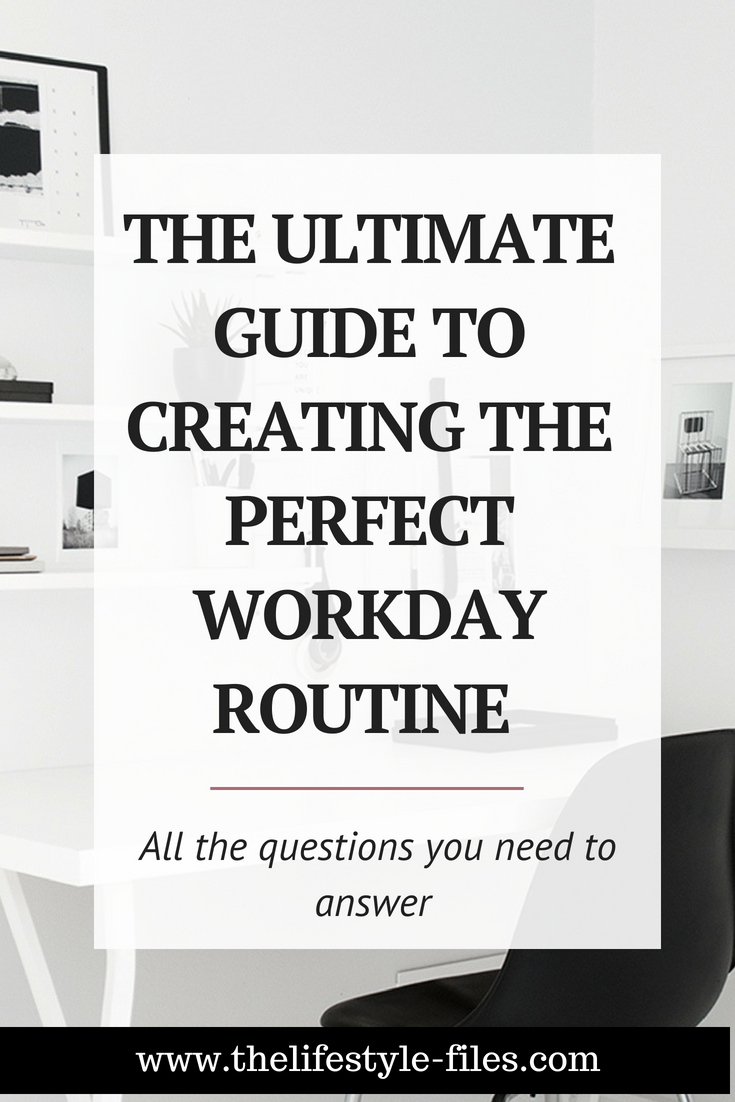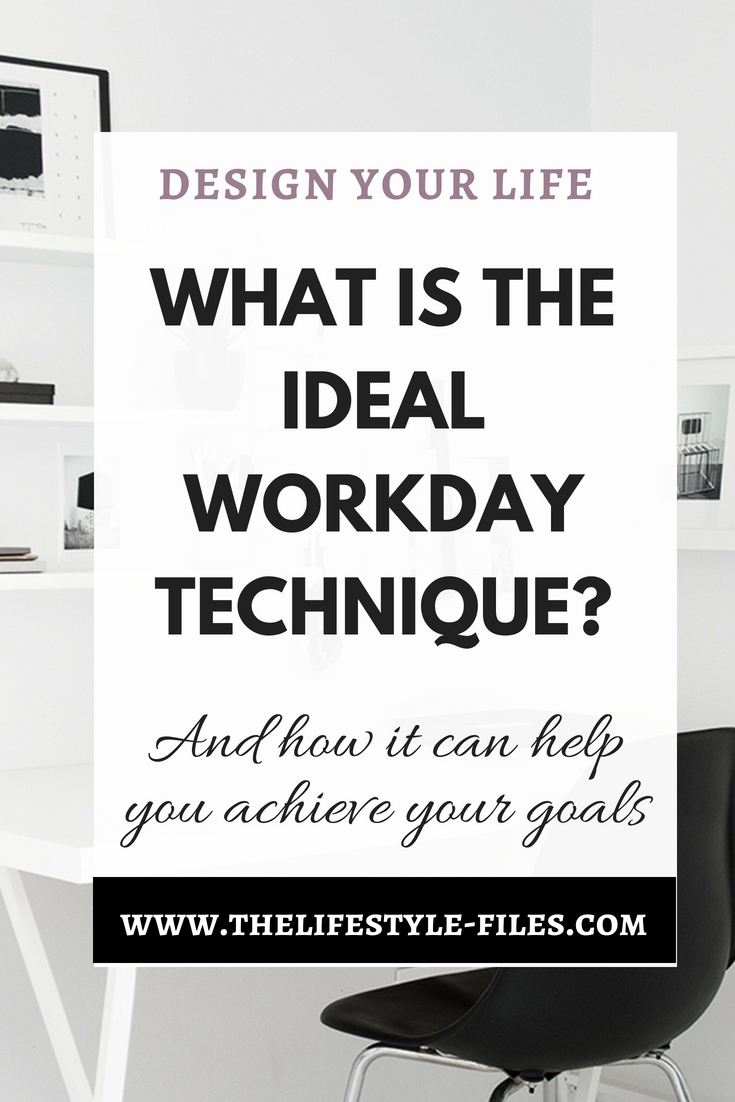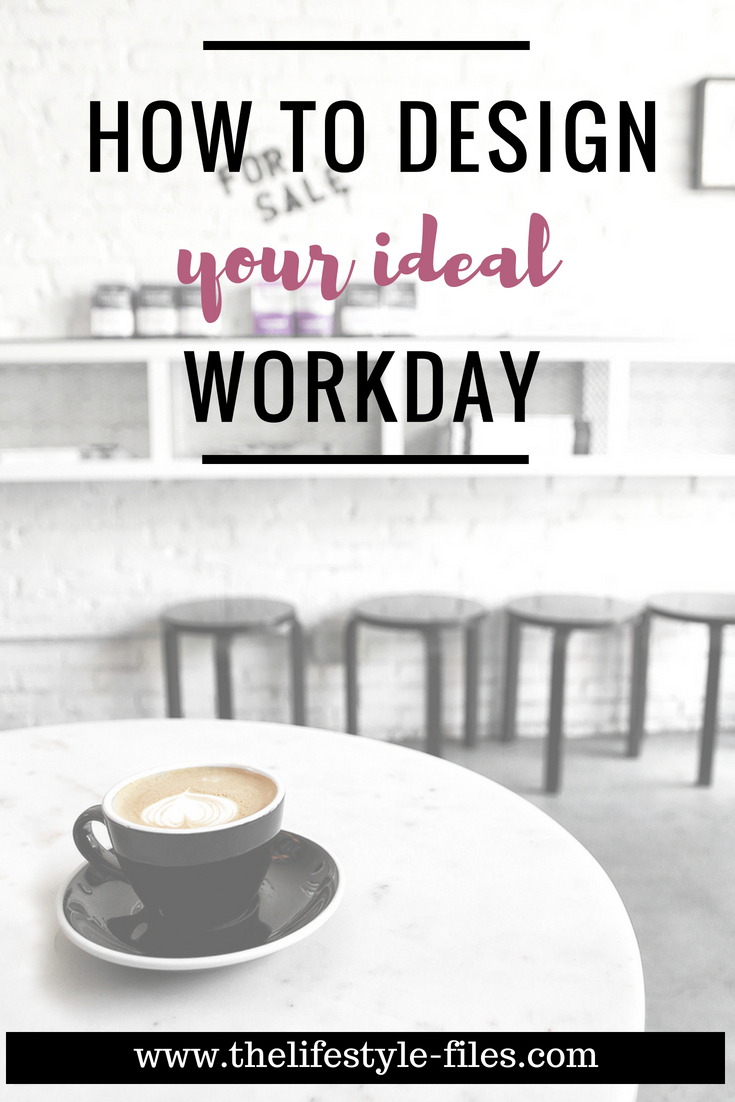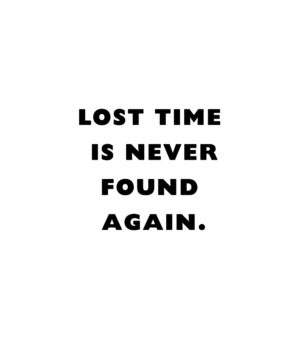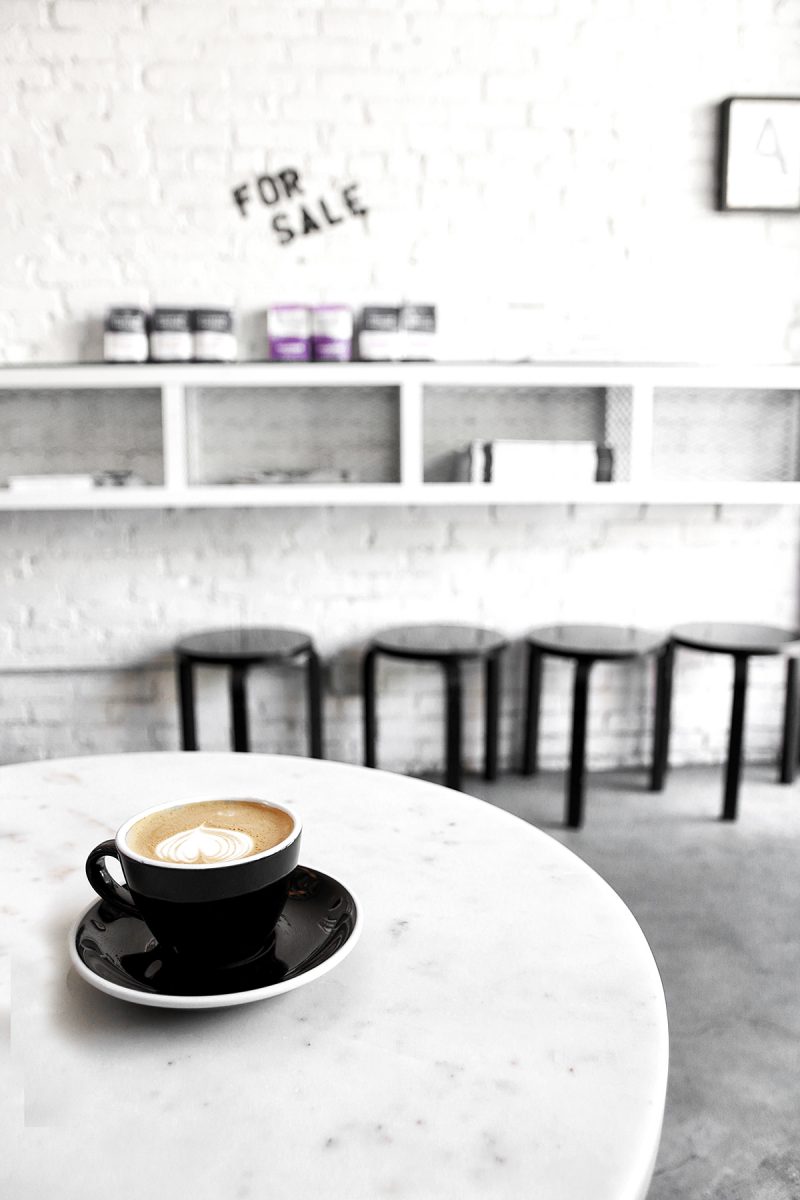 So, I’ve been doing the morning pages exercise for a month now. If you’re not familiar with this, it’s a creativity/journaling exercise popularized by Julia Cameron in her book, The Artist’s Way. I’m gonna write a bit more about the morning pages (that I love ) and the book (that I don’t, particularly) later, when I’ve been doing it for long enough to draw some conclusions.
So, I’ve been doing the morning pages exercise for a month now. If you’re not familiar with this, it’s a creativity/journaling exercise popularized by Julia Cameron in her book, The Artist’s Way. I’m gonna write a bit more about the morning pages (that I love ) and the book (that I don’t, particularly) later, when I’ve been doing it for long enough to draw some conclusions.
One morning, without really thinking about it, I wrote this headline at the top of my page during my morning writing:
My ideal workday
And I just started to write.
It wasn’t very intentional at first. I didn’t set out on a “let’s analyze my life and dreams” mission on that very morning. I just started to think about my close to perfect workday, what I would do, how I would feel, how the day would go, and so on. In the end, I realized that this actually could be a very useful exercise, so it’d be worth to go a little deeper and do a more detailed and structured variant of it.
And I highly suggest everyone trying it as well.
How exactly does your perfect and ideal workday look like?
The exercise is totally simple – just visualize your ideal workday in as many details as possible.
It’s very important to strike a balance between ambitious and realistic. This is not about lounging all day on a Caribbean beach or imagining what it’d feel like to have Beyonce’s life.
Nope, it’s about your life, your dreams, and your goals – that you have every chance of accomplishing.
I find that visualizing really helps me with both goal-setting and coming up with concrete steps to achieve those goals. Writing down my ideal workday is one of the most practical visualization exercises I’ve done. It’s practical because it makes you think about what your goals and dreams would actually look like on a day-to-day basis. It’s also useful for comparing it with your actual everyday life and see what it needs to be done to bring you closer to that ideal workday.
Sometimes it’s just small adjustments, like cutting off unnecessary meetings or finding projects that require special skills you’d like to use more. Sometimes, it’s about the realization that you need to start over in order to get back on the right path.
I found that in order to make the most out of this exercise, it’s better to follow this 3-step plan. I’m going to include some questions that might be helpful to you (as they were to me), but feel free to go off the racks and structure this exercise as you’d like.
Just really focus on the details.
Design your ideal workday
Step 1 – Dream
I think the most thorough way to do this is to first mentally go through your ideal workday in a chronological order – from the moment you wake up to the very last task of the workday (you can also include after-work ideal leisure time or winding down as well).
After an initial draft, you can go back and go into as many details as you’d like.
You can also make several variants (I did) – after all, not all workdays look the same. I did a more, let’s say active one with meetings and errands and outside projects, and another for more sitting-down, focus-intensive types of tasks.
Here are a couple of questions to think about, but feel free to add others (and maybe share with me):
+ What time do you wake up? How do you get ready for the workday? How much time do you have for getting ready? Do you have a breakfast meeting or eat at home? What’s the first thing you do in the morning? What makes you excited about the day?
+ What are you wearing to work? Do you commute, work at home, drive?
+ What’s your work environment like? Is it an office, a café, a co-working place, or your home? What do you have on your desk?
+ Do you have a team or work solo? Do you have employees? Do you have a boss? What kind of clients you’re working with? What’s your relationship to your co-workers? Do you regularly meet new people?
+ Do you have a lot of meetings? Presentations? What do you discuss at meetings?
+ Do you do a lot of emails? Phone calls?
+ What type of tasks do you do? What kind of skills do you have to use during the day? (Note: I think it’s essential to be incredibly specific at this point. Don’t just write creative or management – write it down to the last detail)
+ Where do you spend your lunch? With your team? At a meeting? At a conference working lunch? Outside? At your desk?
+ Do you have regular breaks? Do you go outside your office? Or is your day spent running from meeting to meeting?
+ How many hours do you work? Is it strict 9-5 or a more flexible one?
+ Do you sometimes travel for work?
+ What kind of results would make you happy? Is it something you create? A sale? An event? A happy client?
+ What’s the last thing you do at the end of a day? Do you attend work-related social events? What kind of events?
+ How do you wind down? What do you do after work?
+ How do you feel at the end of the workday? What makes you excited about tomorrow?
Step 2 – Decide
Dreaming, of course, is the easiest part. We also have to come up with a plan on how to actually turn that dream into reality.
The first step, I think, is to prioritize. Decide on the 3 most crucial part of your day. The non-negotiables, the ones that make you happy or excited about your work.
Then make a list of everything else according to their importance.
This will show you the direction at least. Now, all we need is action.
Step 3 – Do
You know the saying, a goal without a plan is just a wish?
It’s totally true.
The most crucial part of any kind of goal-setting or visualization exercise is the planning: coming up with ways on how to turn those goals/dreams into reality.
What are the exact steps I need to take in order to achieve what I want?
I always put very concrete action items next to these goals.
I’d also suggest identifying some easy items to change (if any), just to get the ball rolling.
I found this ideal workday exercise very useful in a lot of ways. Sometimes we set very obscure goals without actually thinking about what they mean in reality. Sometimes we think we dream about one thing when in reality, it really is not what we truly want. Imagining how I spend a whole day at work was a nice mix of dreaming/goal-setting and realistic planning and it also made me reevaluate some of my priorities.
And of course, it also reenergized me to work more to realize my ideal work situation.
What does your ideal workday look like? Have you ever done this exercise?

